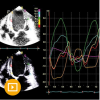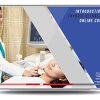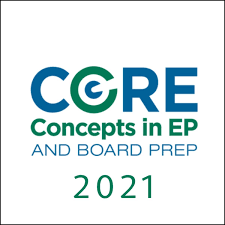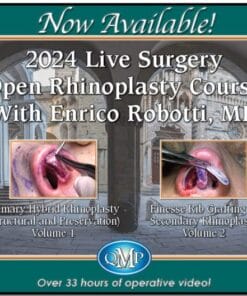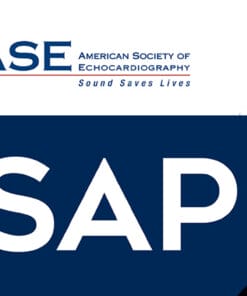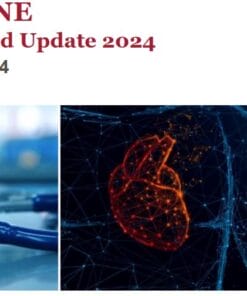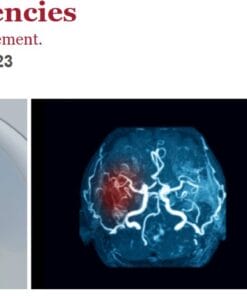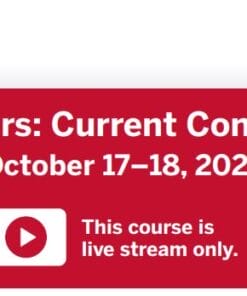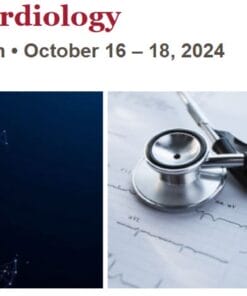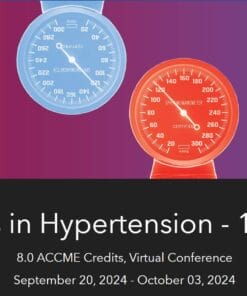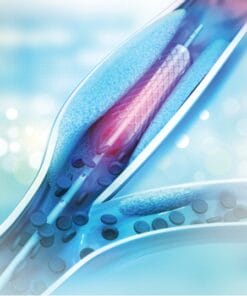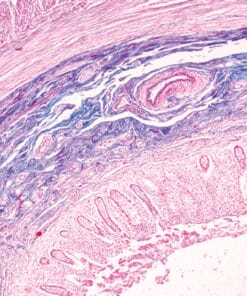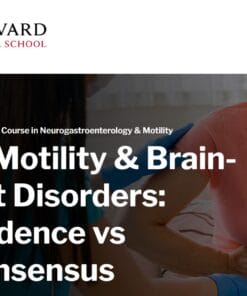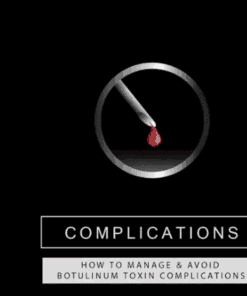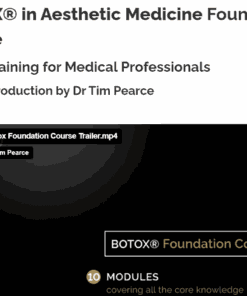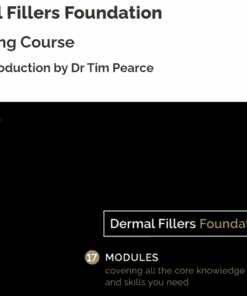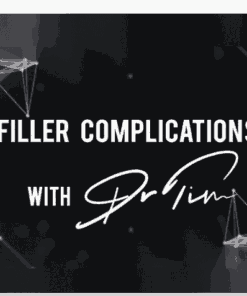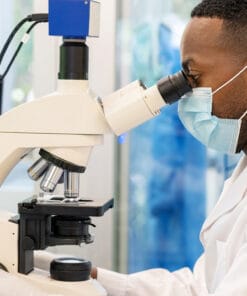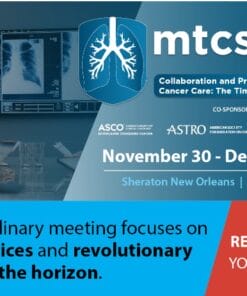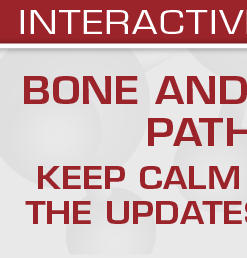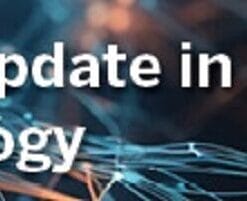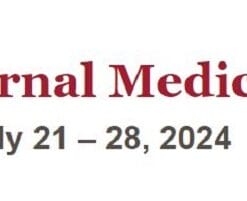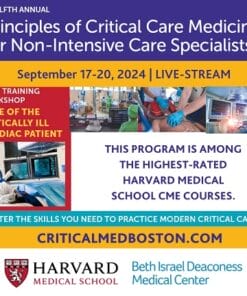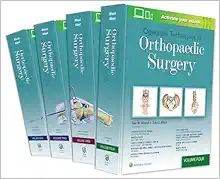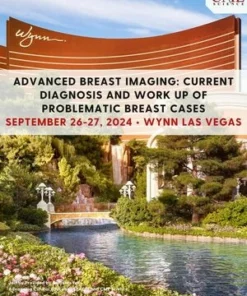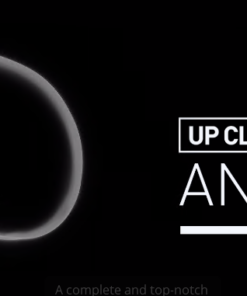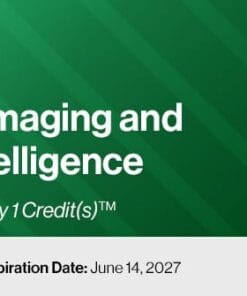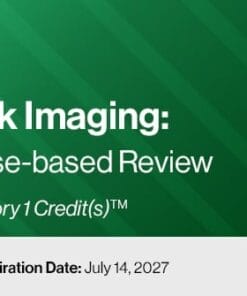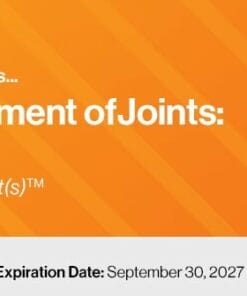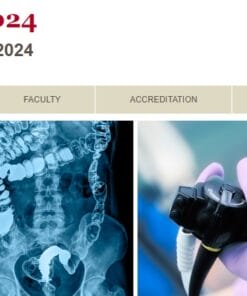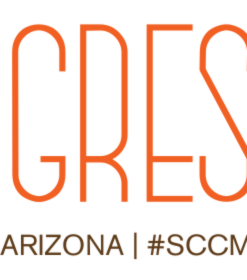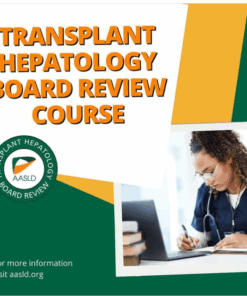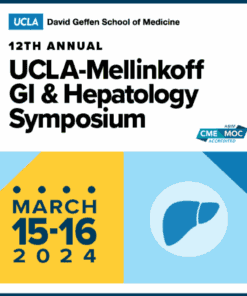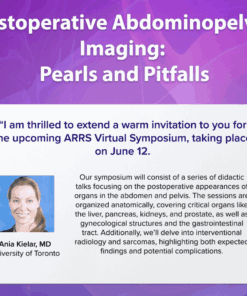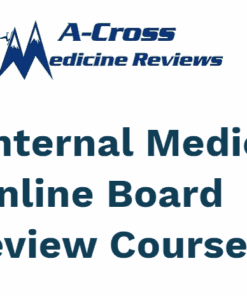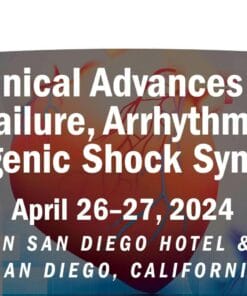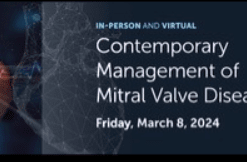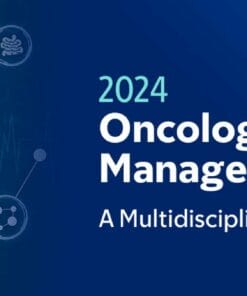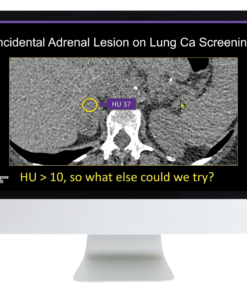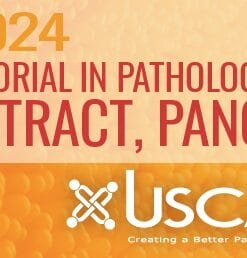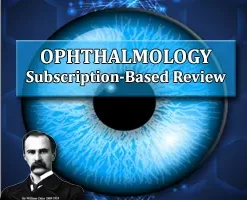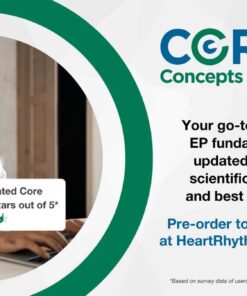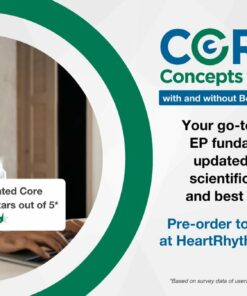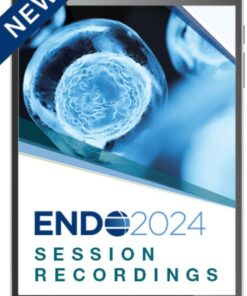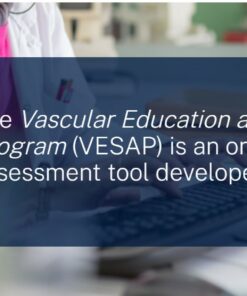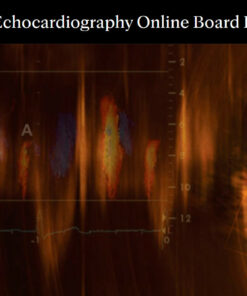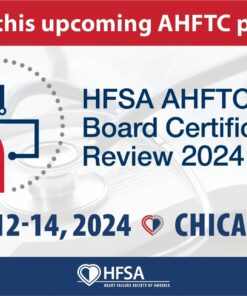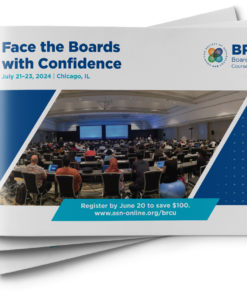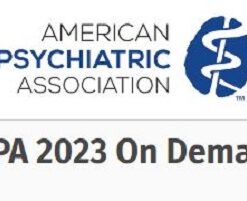This course features didactic lectures and case-based workshops presented by expert faculty and course directors for in-depth coverage of the essential EP curriculum. It is bundled with a 100-question, multiple choice Self-Assessment Exam available immediately upon purchase.
Course Highlights
Over 20 recorded didactic lectures with nine case-based workshops delivered by leading experts covering:
- Basic cardiac and intracardiac electrophysiology
- Pharmacology of antiarrhythmic drugs
- Noninvasive testing for arrhythmias
- Atrial and other supraventricular tachycardias
- Catheter ablation
- Implantable cardioverter defibrillators
- Cardiac pacing
- Intracardiac ultrasound in EP
- Transseptal catheterization techniques
- Pericardial access for epicardial mapping and ablation
- Complications of EP procedures – avoidance and management
Program :
Session I: Basic Science and Fundamentals of Electrophysiology
- Basic Electrophysiology Principles for the Clinician
- Inherited Ion Channelopathies
- Sinoatrial and Atrioventricular Nodes and His-Purkinje System: Anatomy, Evaluation, Autonomics and Therapy
- Retrograde Conductions
- Workshop #1: Electrocardiographic/Electrophysiologic Correlations
- Physiology and Conduction
- Basic Science and Channelopathies
- Basic Science
Session II: Invasive Diagnosis and Treatment
- Use of Overdrive Pacing/Entrainment in Supraventricular Tachycardia
- Principles of Entrainment: Ventricular Tachycardia
- Techniques of Differentiating SVT Mechanisms: Part I
- Techniques of Differentiating SVT Mechanisms: Part II
- Workshop #2
- SVT Maneuvers
- Entrainment – VT
- Entrainment – SVT
- Catheter Ablation of Atrial Tachycardia and Typical Atrial Flutter
- Physiology, Mapping and Catheter Ablation of Accessory Pathways
- Workshop #3: SVT Mechanisms/Maneuvers
- Physiology of Catheter Ablation of AV Nodal Reentrant Tachycardia
- Special Workshop: 12 Lead ECG for PVC and VT Localization
Session III: Invasive Diagnosis and Treatment
- Ventricular Tachycardia: Ischemic and Nonischemic Cardiomyopathy and other Unique VT Syndromes
- Workshop #4: SVT and VT Invasive/Noninvasive Correlation
- Wide Complex Tachycardias: Idiopathic VTs, Bundle Branch Reentry, Antidromic Tachycardias – Mechanisms, ECG Manifestations, Invasive Assessment and Ablation
- Workshop #5: Invasive/Noninvasive Correlation
Session IV: Noninvasive Diagnosis and Treatment
- Antiarrhythmic Drugs: Part I
- Antiarrhythmic Drugs: Part II
- Workshop #6: Electrocardiographic/Electrophysiological Correlations
- Mechanisms, Pharmacologic, and Non-Pharmacologic Treatment of Atrial Fibrillation
- Biophysics of Catheter Ablation
- Workshop #7: Electrocardiographic/Electrophysiological Correlations, Atrial Fibrillation, Clinical Scenarios and Syndromes
Session V
- Device: Evaluation, Management and Troubleshooting
- Workshop #8: Device Cases
- Workshop #9: Arrhythmia Case Studies
Special Technology Sessions
- Transseptal Catheterization
- Complications of Electrophysiologic Studies – Avoidance and Treatment
- Use of Intracardiac Ultrasound in Electrophysiology Procedures
- Pericardial Access for Epicardial Mapping and Ablation
- Cardiac Conduction System Pacing – Theory and Practice
- Electroanatomical Mapping – Principles and Pitfalls
- Describe the current guidelines related to evaluation and management of patients with cardiac rhythm disturbances
- Describe the role of electrophysiologic testing in managing patients with brady arrhythmias and tachyarrhythmias
- Identify the advantages and limitations of diagnostic electrophysiologic methods
- Identify the role of pharmacologic and non-pharmacologic therapies for the treatment of arrhythmias
- Recognize the basic electrophysiology and genetics of inherited conditions associated with cardiac arrhythmias
- Recognize clinical, electrocardiographic, and electrophysiologic characteristics of specific cardiac arrhythmia syndromes
- Interpret complex electrophysiologic and electrocardiographic tracings
- Interpret stored electrograms from pacemakers and ICDs
- Understand the role, utility and limitations of imaging (fluoroscopy, intracardiac echocardiography, electroanatomic mapping) in electrophysiologic procedures
- Understand different methods of safely accessing left atrium with transseptal techniques, and pericardial space for electrophysiologic procedures
- Describe potential complications of electrophysiologic procedures, how to avoid them when possible and remedy them when they occur
- EP Fellows
- MDs taking the ABIM CCEP Board Certification Exam
- MDs taking the ABIM CCEP Recertification Exam


